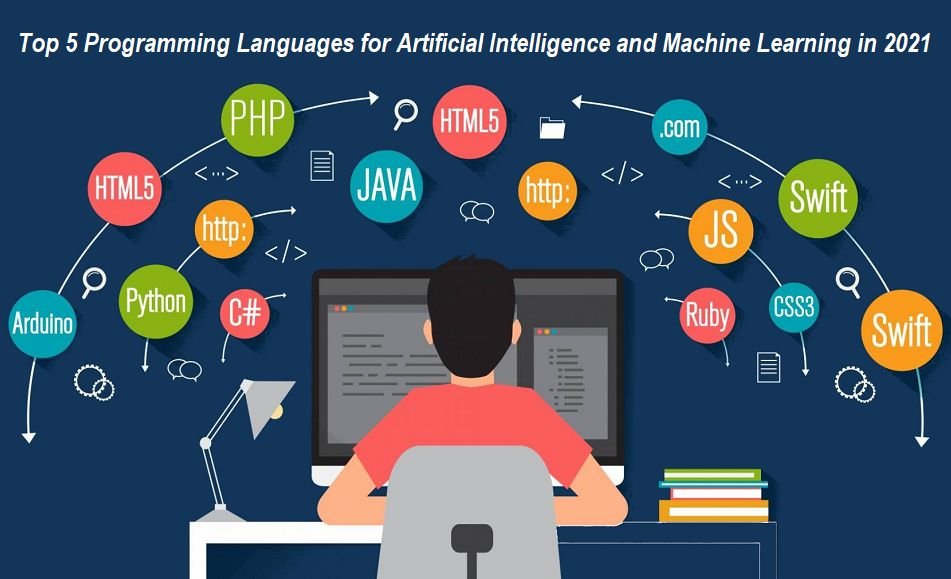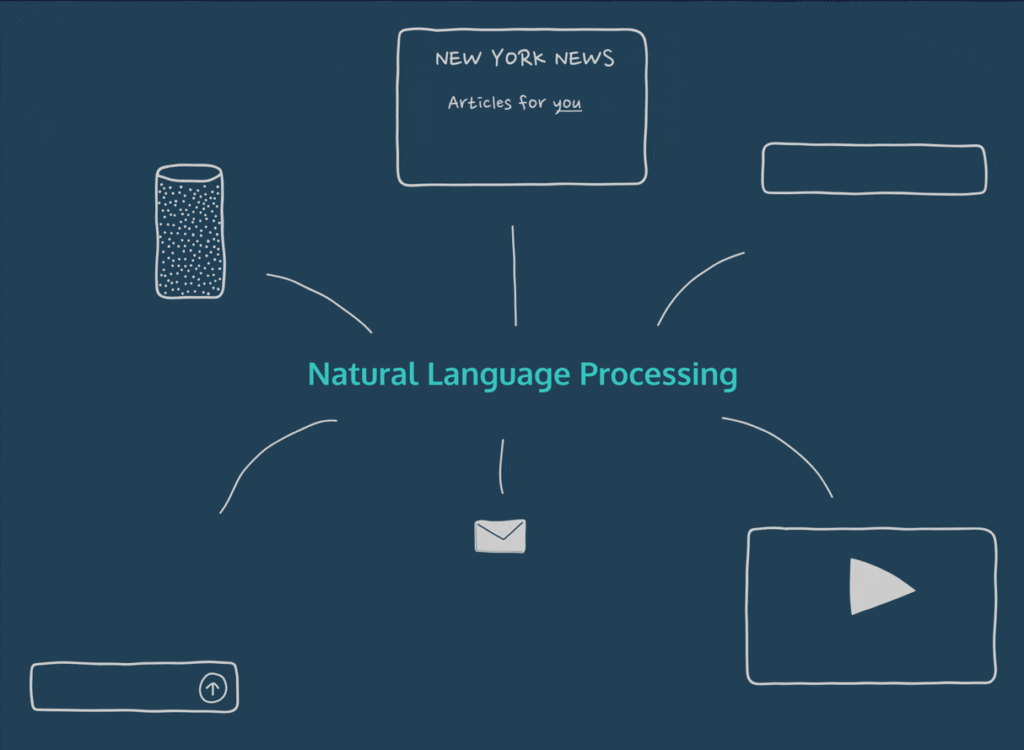Last updated on March 22nd, 2024 at 07:11 am
Machine learning is a fascinating field. However, if you are just starting out in your machine learning career, then deciding where to begin is the toughest part. There are plenty of programming languages available that support machine learning. And each of these has its own uses and values.
 In this article, we will dive deep into the different types of programming languages available along with their details to help you select the right one for you.
In this article, we will dive deep into the different types of programming languages available along with their details to help you select the right one for you.
Let’s get started.
- Python
- Java
- C++
- MATLAB
- R
- Julia
Python
Python is one of the most famous programming languages and is used worldwide. It is used by over 8.2 million developers across the world. It has a vast library that is easy to access, handle, process, and transform data. Python offers better readability, more independence, and less complexity. Making it the No. 1 choice for machine learning engineers. However, the major shortcoming of Python is that it is relatively slower than C++ and its multithreading support is not good.
Java
Java is popular among those machine learning engineers who have a background in Java development. These engineers do not need to learn a completely new language for their machine learning implementation. Java offers easy dubbing, enhanced user-interaction, ease of use, and graphical representation. It also makes the scaling task easier for engineers. But Java is a slow and memory-consuming platform that requires significant memory space for running.
C++
C++ is a great programming language for building libraries. When it comes to game development, C++ is the most used language. Some C++ packages also support Tensorflow and Microsoft Cognitive Toolkit (CNTK) for deep learning. They come with OpenCV for computer vision. Shogun and MLPack are used for machine learning. DyNet, OpenNMS, and ANN support neural networks. However, C++ is mostly syntax-oriented, which is quite complex for beginners.
MATLAB
MATLAB - Matrix Laboratory is an innovative programming language. It is easy to use and understand language for machine learning aspirants. It supports GUI and is not constrained with complex syntax. It can easily perform code generation functions. It comes with predefined functions and helps optimize the coded models. Though MATLAB is a good language, it has its own shortcomings. MATLAB is a bit costly and is not easily available for free use. One can get a 30 days trial version with MATLAB, but for further use, it has to be bought.
R
R is a good alternative programming language for Python. With a userbase of over 2 million, R is used for various machine learning applications. It has significant benefits for statistical purposes. It is an open-source programming language with a good library. It supports matrix implementation, vectors, and other data structures. From data visualization to model evaluation, data sampling, data analysis, and more, R offers diverse packages. However, R lacks basic security and has lesser speed.
Julia
Julia is a dynamic programming language that can be used for a variety of general-purpose tasks. It works exceptionally well for computational and numerical analysis. It supports nearly all types of hardware and is used by major corporations like NASA, Apple, Oracle, etc. The codes of Julia are universally functional. They employ larger scalability. But it takes too much time to plot the data. Its packages are also not much mature.
Every programming language has its own pros and cons. Depending on your use, you should choose the one that best serves your purpose. A machine learning course can provide you with a deeper understanding of these languages along with their efficient use.









